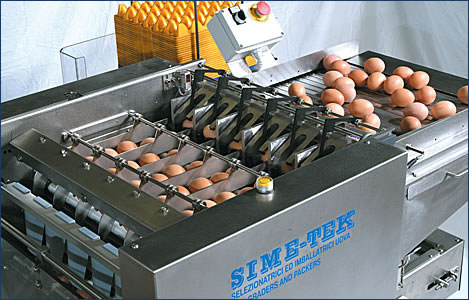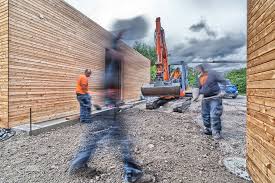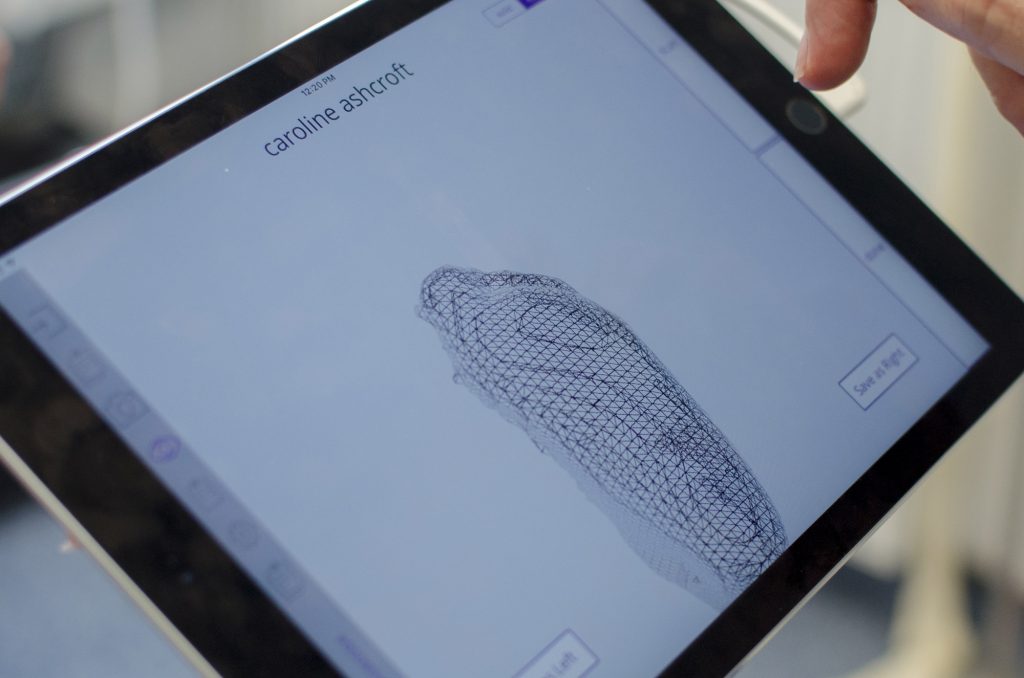What is an egg packer?
An egg packer is a piece of equipment used on farms to pack eggs into trays ready for sale.

How does an egg packer work?
It positions the eggs and then a vacuum egg transfer unit places the collected eggs onto an egg tray – paper or plastic. However, it will depend upon the type of unit you purchase as to how many eggs it can pack per hour.
Types of egg packers
There are many different types of egg packers available on the market depending on your requirements and needs. There are two egg packers that we recommend to our customers which are:
- The Idra egg packer (either the 14.5 or 22)
- The Flashpack egg collector
Alongside these examples, these are others available for you to purchase however, these are the two chosen packers which we have used in our blog post.
The Flashpack egg collector
This is one of the two egg packers that we recommend. It can produce between 40,000 and 80,000 eggs per hour.
These units can be brought new or pre-loved.
The Idra egg packers
The two types of Idra egg packers include the 14.5 and 22. The 14.5 can produce 14,500 eggs per hour. However, comparing this to the 22, this can produce 18,000 eggs per hour.


